KCGM — from unloved asset to Northern Star’s crown jewel
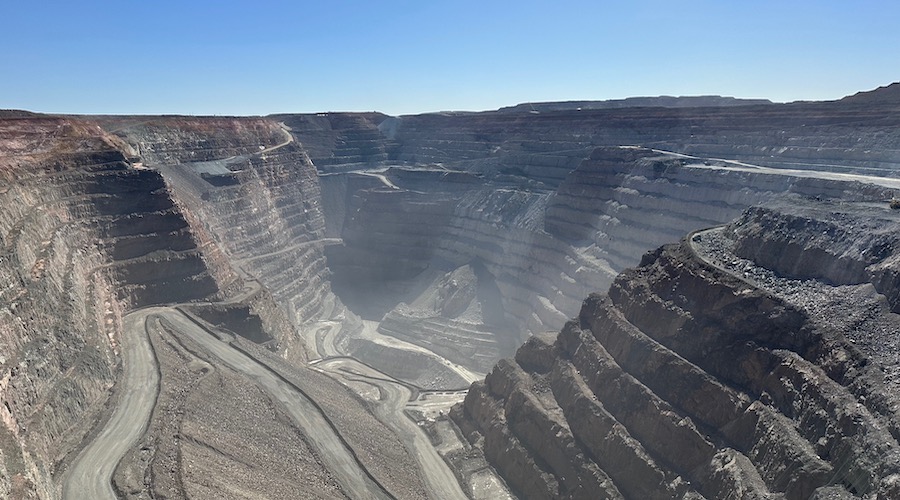
Northern Star Resources (ASX: NST) is transforming an iconic Kalgoorlie asset into Australia’s largest gold operation.
A decade ago, Kalgoorlie Consolidated Gold Mines (KCGM), owner of the Super Pit, was a 50:50 joint venture between Newmont Corporation and Barrick Gold. As Barrick gradually retreated from Australia, it relinquished management of the asset to Newmont and tried unsuccessfully to sell its stake in 2016.
A pit wall slip in May 2018, which saw about 1 million tonnes of ore fall into the bottom of the pit, led to guidance being slashed by as much as 25%, further dampening Barrick’s enthusiasm for the asset. It ran another sale process for its stake, and in late 2019, Perth-based Saracen Mineral Holdings emerged as the buyer with a $750 million bid. Months later, Northern Star offered to buy Newmont’s half, an offer that was accepted.
The transfer of the asset into Australian hands paved the way for a merger between Northern Star and Saracen in October 2020, with KCGM as the centrepiece of the deal.
Kalgoorlie’s gold rush
The exit of the North Americans brought KCGM under Australian ownership for the first time in its 31-year history, though the asset dates back more than a century. Kalgoorlie’s “Golden Mile” was discovered by Irish prospector Paddy Hannan in June 1893, sparking a gold rush that continues today.
According to Western Australian archives, more than 1000 men were prospecting on the Golden Mile within a week of Hannan’s discovery. The main street of Kalgoorlie, 600km east of Perth, is named after Hannan and there is a statue in his honour.
By 1903, there were 49 mines, 100 headframes and more than 3,000km of underground workings on the Golden Mile, and mining continued through the 20th century.
KCGM was formed in 1989 by combining the entire area into one entity and was operated by Normandy Mining and Homestake Mining Company, which were acquired by Newmont and Barrick, respectively, in the early 2000s.
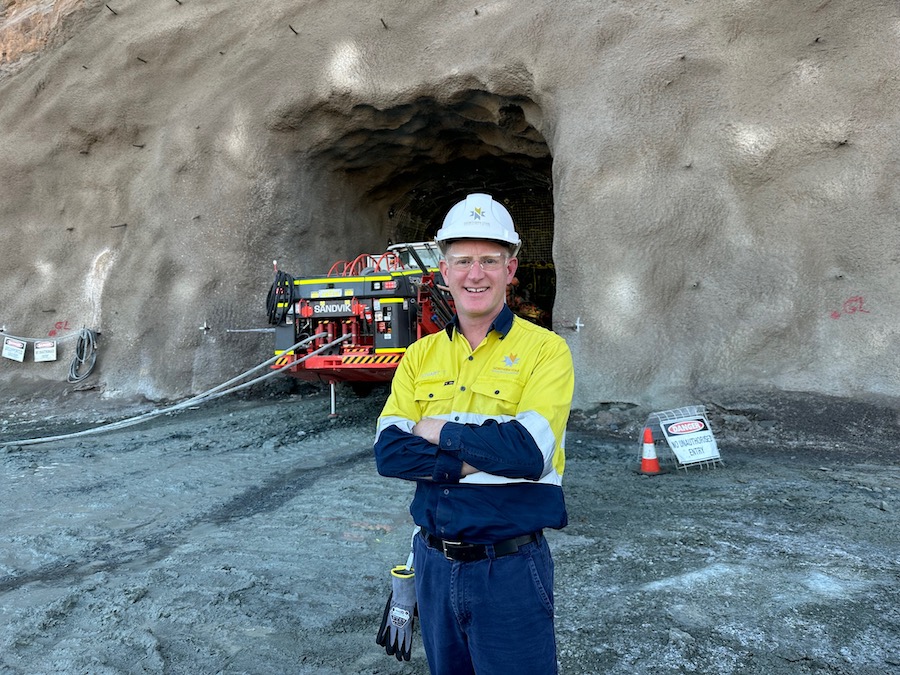
The Golden Mile has produced more than 65 million ounces (Moz) of gold since the lease was first pegged. The Super Pit itself is one of the world’s largest open cut mines, measuring 3.5km long and 1.5km wide, and can be seen from space.
Northern Star managing director Stuart Tonkin, who qualified as a mining engineer a few kilometres up the road from KCGM at the WA School of Mines, believes the asset still has decades of life ahead of it.
“My attitude is there’s almost more gold in the ground than what’s come out already,” he said during a site visit to KCGM in early August.
New owners
At the time of the Northern Star-Saracen merger, KCGM had a remaining life of just two years and a hefty remediation bill from the 2018 wall slip.
Once referred to as a “big old pit” by Barrick’s Mark Bristow, KCGM now is facing a long future that goes past just the open cut.
While Bristow’s description wasn’t wrong, Northern Star’s work since acquiring the asset has shown the potential that extends beyond the pit.
An aggressive commitment to exploration has resulted in a 66% increase in resources to 32Moz of gold and a 36% increase in reserves to 13Moz since acquisition, equating to a mine life of more than 20 years.
While KCGM already had one underground mine, Mt Charlotte, Northern Star has focused on the asset’s underground potential. Included in the inventory figure is 10Moz of underground resources and 2Moz of reserves.
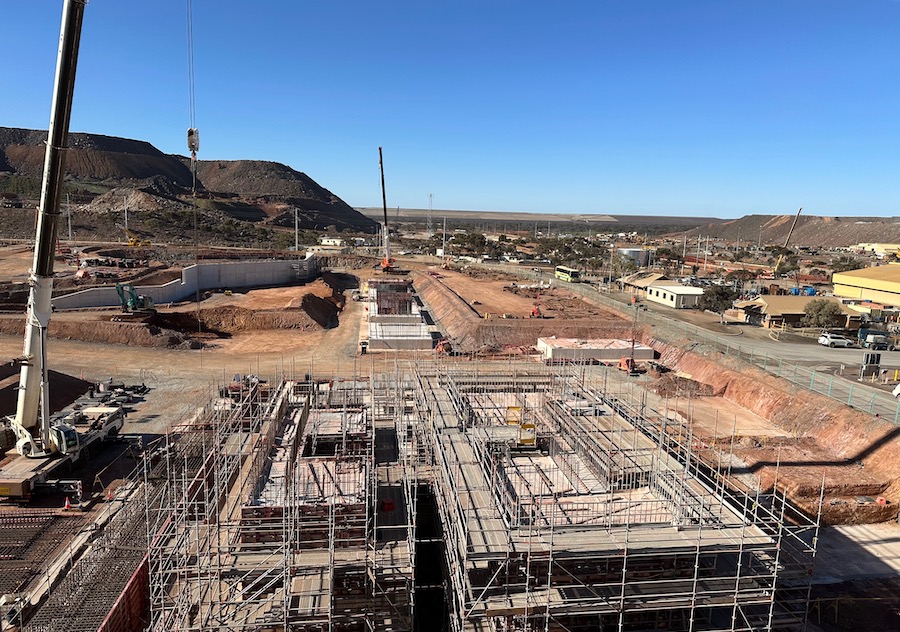
Tonkin said underground mineralization remained open in all directions.
“We know [mineralization extends] kilometres to the south, kilometres to the north, 2km at depth – the geology continues, so that’s what we get excited about,” he said.
KCGM produced 437,000oz of gold in the 12 months to June 30, 2024, well below its peak of 730,000oz of gold produced in 2011.
Production will continue to increase this financial year to more than 500,000oz, and the operation is expected to reach a run-rate of 650,000oz per annum (ozpa) in the 2026 financial year.
Part of that is due to the almost complete remediation of the eastern pit wall, which will unlock 1.5Moz of high-grade gold.
“I think what investors are going to start to appreciate is that is the keys to unlock the access to the high-grade [ore] in the pit floor, that essentially was sterilized back in 2018,” Tonkin said.
“There’s was a period of no activity, and then when Northern Star took ownership, we rapidly advanced that cutback, as well as mining the Oroya-Brownhill area, and we’re very, very close to opening up that pit floor, which is the high grade out of Golden Pike.”
Underground ore will also contribute to the production growth as Northern Star kicks off the Fimiston underground mine.
Ore from the underground mines will increase to almost 4Mt in FY26 from 2Mt in FY24.
A new era
Tonkin said one of the drawbacks of the asset’s scale and potential was the multitude of options the company had.
“There’s so many iterations and options in front of us. We’ve just got to be focused and fussy and do something – don’t do nothing and be paralyzed by studies,” he said.
In June 2023, after studying a number of scenarios, Northern Star announced a A$1.5 billion ($1.01 billion) plant expansion, which would take throughput from 13Mt per annum (Mtpa) to 27Mtpa.
The three-year build kicked off about a year ago with A$348 million, or 23%, of the budget being spent in FY24. Work and expenditure are ramping up this financial year with A$500-530 million budgeted. And a new plant is being built alongside the existing facility to minimize disruptions to production.
Using a gold price of A$3,500 ($2,300) an ounce, the project has a post-tax internal rate of return of 26% and a payback period of 3.3 years.
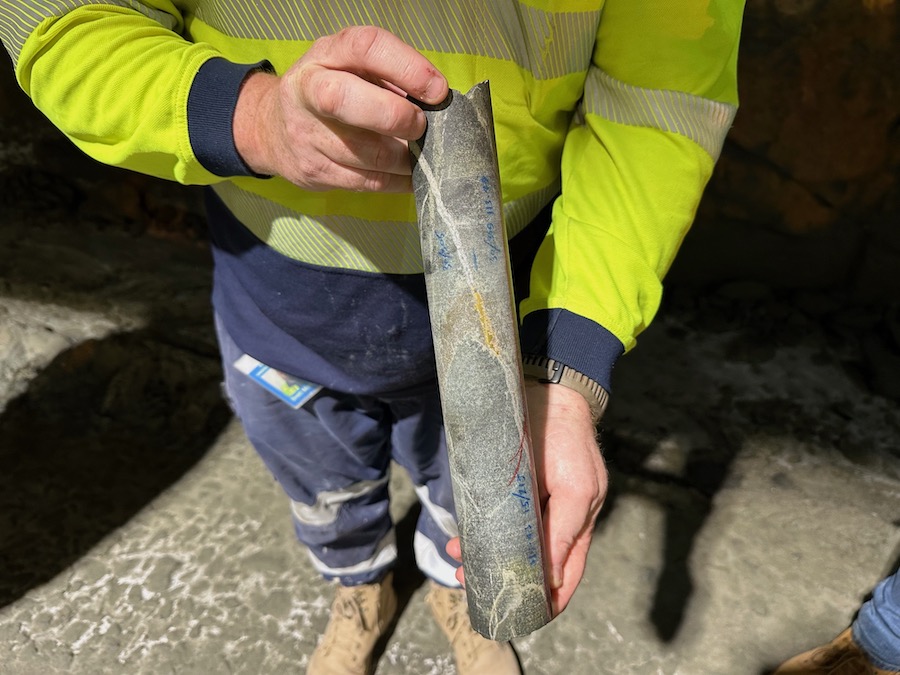
Following a two-year ramp-up period, KCGM’s production will increase to 900,000ozpa at all-in sustaining costs of A$1425/oz. This will make KCGM the largest gold producer in Australia and the fourth largest globally.
“There will only be four other gold mines in the world [producing 900,000ozpa] and they’ll be in pretty exotic places and they won’t be on the doorstep of a history of a century of mining in the Kalgoorlie Goldfields,” Tonkin said.
To feed the expansion, underground ore will reach 6Mtpa by FY29, while Northern Star will draw down on KCGM’s huge stockpile of 137Mt at 0.7 grams per tonne gold. The stockpile is worth around A$6 billion at current gold prices.
Riding high
Gold is trading at a record high, both in US and Australian dollar terms.
When asked what Northern Star would do in the event of a A$1500/oz slump in the gold price, Tonkin said the expansion at KCGM would continue as it would lower unit costs.
“I think when you’re looking at comparing this to anything around the world, we’ve got a very, very, very special system with a century of history,” he said. “And we’ve given it a red-hot crack in essentially investing in it to get those returns.
“It will survive the cycles. This asset will underpin the city, but it will also survive the cycles.”
Last week, Northern Star reported record cash earnings of A$1.8 billion and a net profit after tax of A$639 million for FY24 after producing 1.62Moz of gold at AISC of A$1853/oz from its assets in WA and Pogo in Alaska.
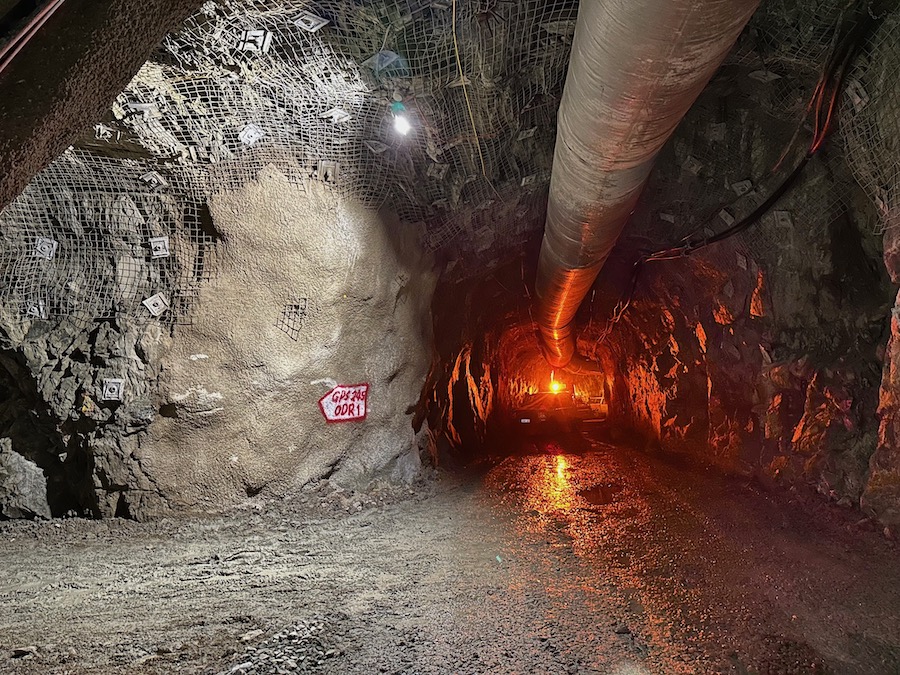
The company declared a dividend of A25c per share and extended its A$300 million share buy-back for a further 12 months.
Northern Star was in a net cash position of A$358 million as of June 30 and will continue to fund the KCGM expansion from internal cashflow.
“We’re still self-funding the growth here, even though that the numbers been spent here for gold mining company are pretty big,” Tonkin said.
“But we are in front of a multi-decade asset here from a pit and underground potential, as well as the other assets that are complemented in the portfolio. Our confidence on this significant system is here and it’s only every year we’ve moved forward, we’ve just got more and more confidence, reaffirming why we got here in the first place.”
{{ commodity.name }}
{{ post.title }}
{{ post.date }}

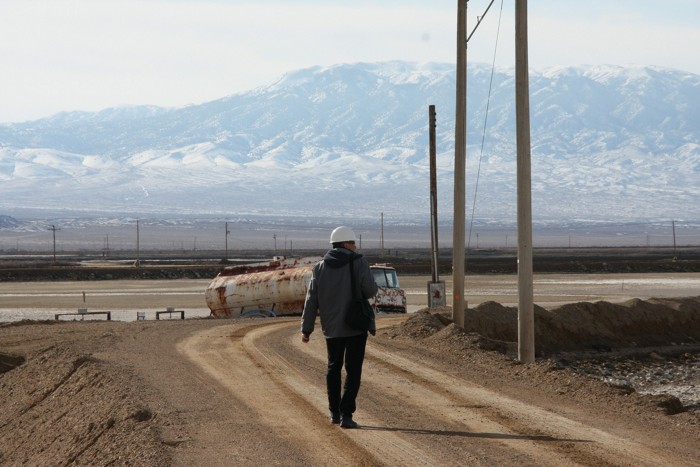
Comments